The Hidden Secrets of Indigenous Preservation: Unveiling Ancient Techniques for Food Preservation and Flavorful Delights
Throughout history, indigenous cultures have mastered the art of preserving food, ensuring sustenance during lean times and preserving the flavors of their bountiful harvests.
Among the many ingenious preservation techniques, one stands out—transforming plump blueberries into a luscious paste. Today, we delve into the timeless wisdom of the First Nations' preservation method for blueberries, where patience and gentle heat work together to create a versatile delicacy that withstands the test of time. Join us as we explore the process of boiling and drying blueberries, unlocking the secrets to preserving their flavor and color for years to come.
Recipe: First Nations' Blueberry Paste
Ingredients:
- - Fresh blueberries
Instructions:
1. Preparing the Blueberries:
- Sort and rinse the fresh blueberries, discarding any damaged or overripe ones.
- Gently pat the blueberries dry with a kitchen towel or paper towels.
2. Boiling the Blueberries:
- In a large, heavy-bottomed pot, place the rinsed blueberries.
- Set the heat to very low to maintain a gentle simmer throughout the process.
- Avoid adding sugar; instead, use a small amount of water to prevent scorching and aid in the boiling process.
- Start with a tablespoon or two of water and add more gradually if needed, ensuring the berries don't stick to the pot.
- Allow the blueberries to simmer for an extended period, typically an hour or more, until they become thick and form a paste-like consistency.
- Stir occasionally to prevent sticking and ensure even cooking.
3. Drying the Blueberry Paste:
- Once the blueberries have reached a thick, paste-like consistency, remove the pot from the heat.
- Prepare a birch bark container shaped like an envelope or use a suitable alternative, ensuring it is clean and dry.
- Transfer the hot blueberry paste into the birch bark container, spreading it evenly.
- Place the container in a sunny spot, allowing the paste to dry naturally in the sun.
- Alternatively, if desired, the blueberry paste can also be exposed to gentle smoke to add a unique flavor dimension. This step is optional.
4. Storing Blueberry Paste:
- Once the paste has completely dried and solidified, remove it from the birch bark container.
- Break the paste into smaller pieces or keep it in a single piece, depending on personal preference.
- Store the blueberry paste in an airtight container, such as a glass jar or airtight plastic bag, in a cool, dry place away from direct sunlight.
- When stored properly, blueberry paste can keep for years without losing its flavor or vibrant color.
With the First Nations' time-honored method of preserving blueberries, we discover a remarkable technique that transforms these succulent berries into an enduring delicacy.
By simmering the blueberries gently and patiently, their natural juices concentrate into a thick paste, which is then dried under the sun or infused with gentle smoke. The resulting blueberry paste becomes a versatile ingredient that can be enjoyed for years, adding bursts of flavor to a myriad of dishes. So, embrace the wisdom of the First Nations, and embark on a journey of preserving blueberries that transcends time. Let the flavors and colors of these preserved delights enrich your culinary creations and connect you to the traditions of those who came before us.






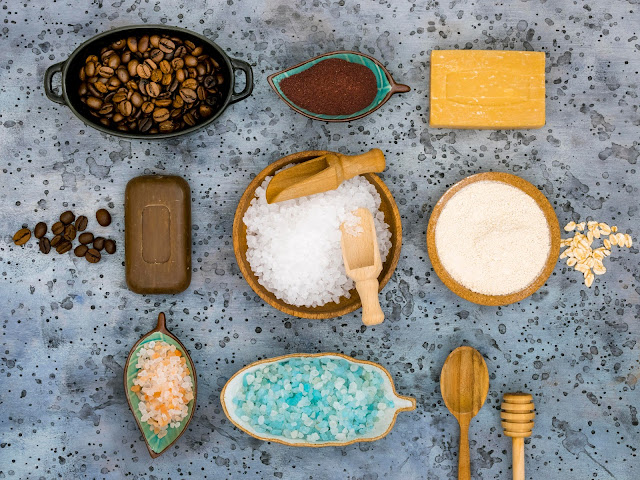

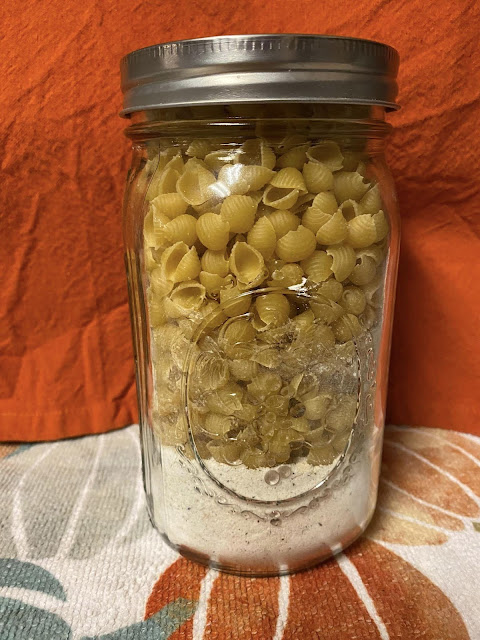




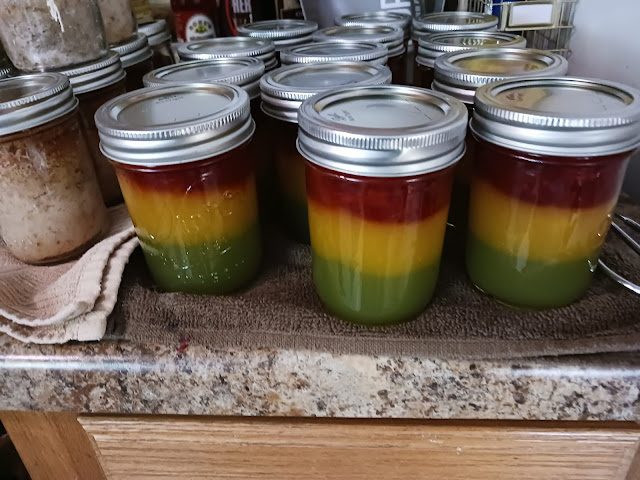

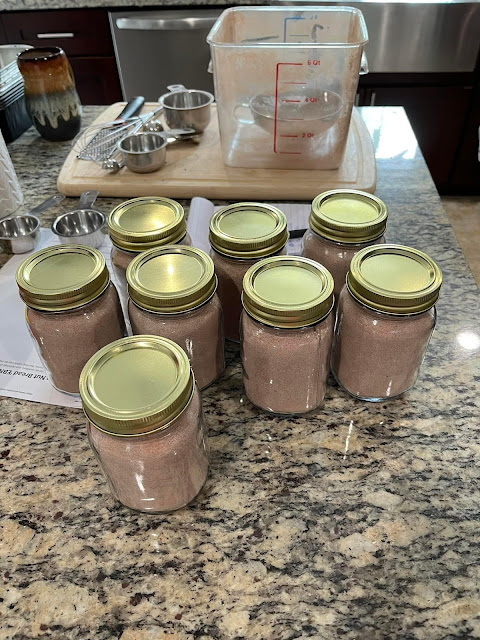
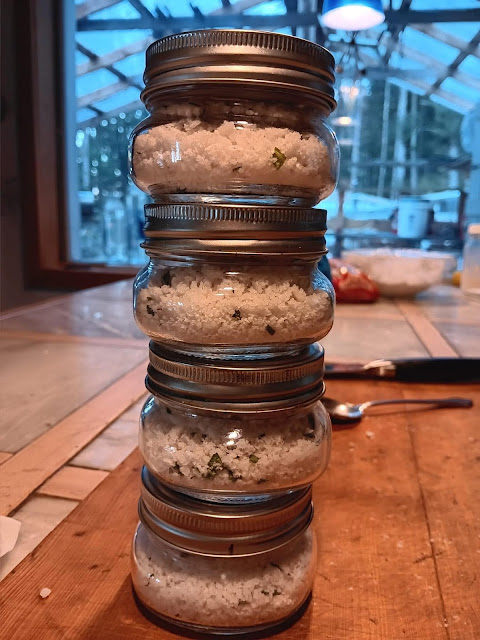
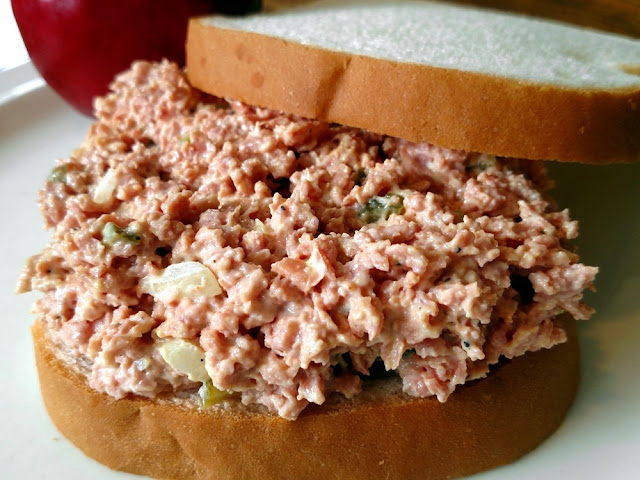
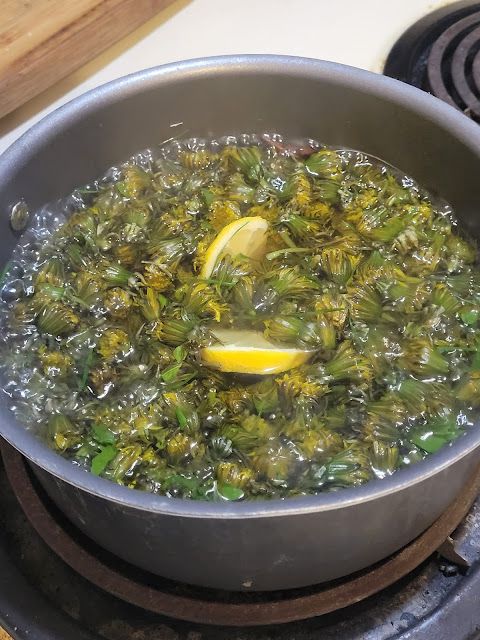



Comments